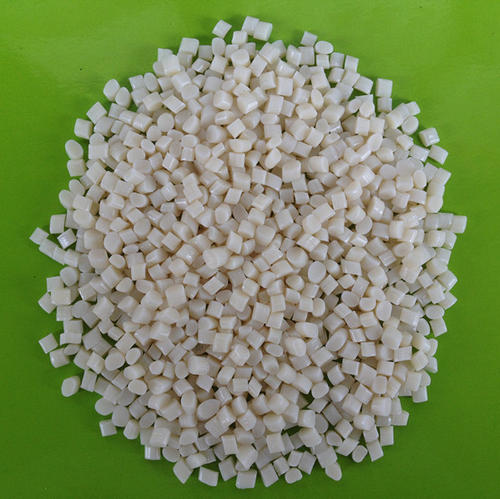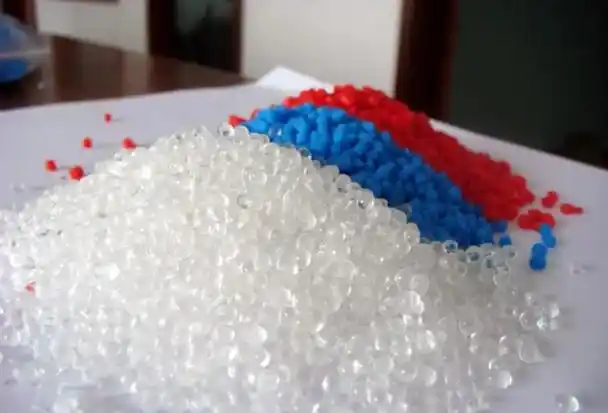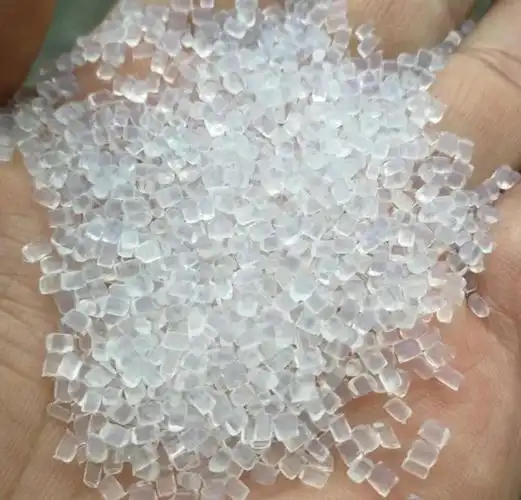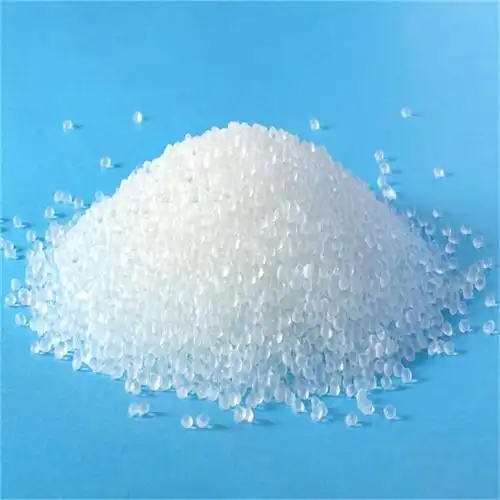Can TPE Materials Be Digested If Swallowed?
Imagine this: a curious toddler chews on a soft, rubbery toy, or a pet mistakenly gulps down a piece of a flexible plastic product. If that item is made of thermoplastic elastomer (TPE), a common material in everything from teething rings to phone cases, the immediate question that pops into a worried parent or pet […]
Can TPE Materials Be Digested If Swallowed? Read More »







